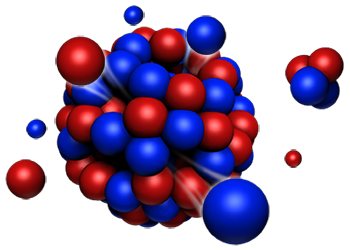Speaker
Description
High-pressure science at the current generation of powerful spallation sources has provided a strong impetus towards increasingly tiny sample sizes. For example, high-pressure diffraction on the SNAP beamline at the SNS routinely employs samples with diameters of 500 μm or less [1]. Furthermore, as these small samples are necessarily contained within relatively massive vessels, stringent requirements are imposed on the relative alignment between beam, sample and sample-environment in order to minimize background scatter.
At the ESS, this trend towards smaller samples and higher alignment precision is only expected to increase. With over 50% of ESS instruments anticipating sub-millimeter sample sizes, the need for high-precision sample alignment will go far beyond high-pressure experiments. To address this need, the ESS sample-environment team has invested in developing a high-precision mounting standard for all ESS instruments. This system, based on principles of kinematic coupling [2], aims to define universal sample coordinates common to all ESS instruments. This approach will allow rapid sample-environment equipment exchange either on a single instrument or even between different instruments while minimizing the need for realignment.
In parallel, the ESS team has developed beam-scanning techniques that allow fast, energy-resolved spatial measurement of the neutron beam. By exploiting the reproducibility of the kinematic-mounting standard, absolute spatial information of the beam can be transferred to an offline station to facilitate pre-alignment of both sample and collimation. Moreover, by scanning the beam at multiple positions along its length, focal points and the (energy-dependent) divergence can be directly measured. This information is invaluable in designing next-generation beam collimation, that is perfectly matched to beam characteristics.
[1] S. Calder et al. Rev. Sci. Inst. 89 (9) (2018).
[2] A. Slocum Int. J. Mach. Tools & Man. 50.2 (2010).

